- joyfalzone
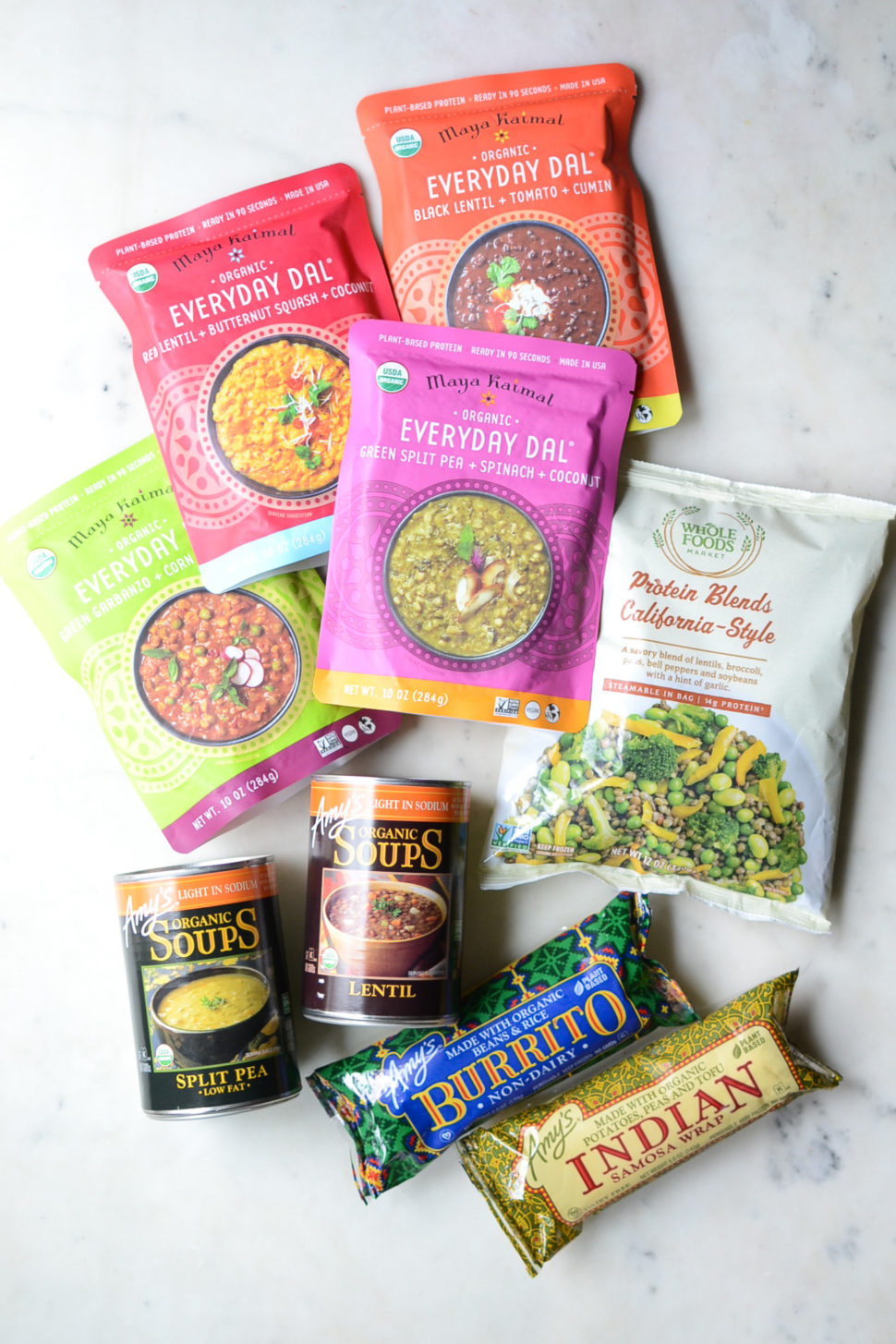
five health coach approved meals ready in 6 minutes or less
Read moreI posted this on Instagram but I thought it should live here too. I’ve been neglecting the blog over the past year because I think we’ve all just been in survival mode, you know? I’ve been relying more and more on ready made meals as life is busier and I am just plain TIRED! These are some of my go-tos and I hope you enjoy them too!
- joyfalzone

Anne Marie’s sourdough crackers
Read moreA weekly favorite in our house! Sourdough crackers made from the stuff you scrape off when you refresh your starter! No waste! We typically use whole wheat einkorn or spelt flour to maximize nutrients. Our bodies process white flour the same way they process white sugar since it’s stripped of most of the fiber and nutrients, so unfortunately although it’s palatable, it’s not good for your health. I took these photos almost a year ago & am just getting around to sharing them with you! I hope you enjoy as much as we do!
- joyfalzone
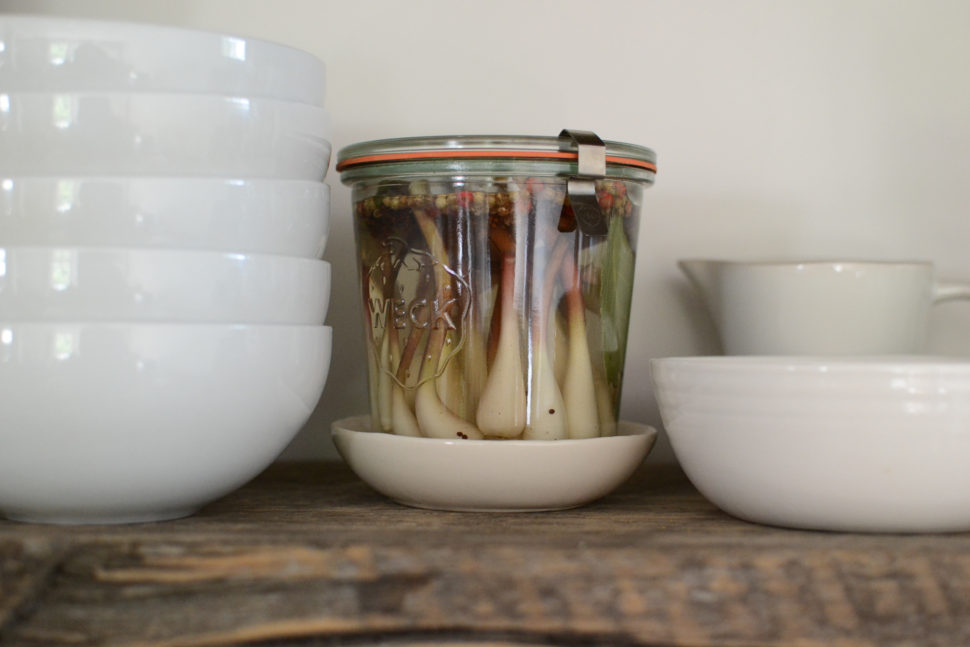
how to: lacto-fermentation
Read moreI was turned on to wild fermentation after finding Real Pickles at my local health food store. It always seemed a little intimidating to do it at home but a few years ago I tried & it couldn’t be easier! Lacto fermentation (or wild fermentation) refers to the process of using the natural lactic acid found on the surface of vegetables to break down the sugars which produces healthful bacteria for our microbiome & in some cases increases the bioavailability of vitamins & minerals in the vegetable!
- joyfalzone
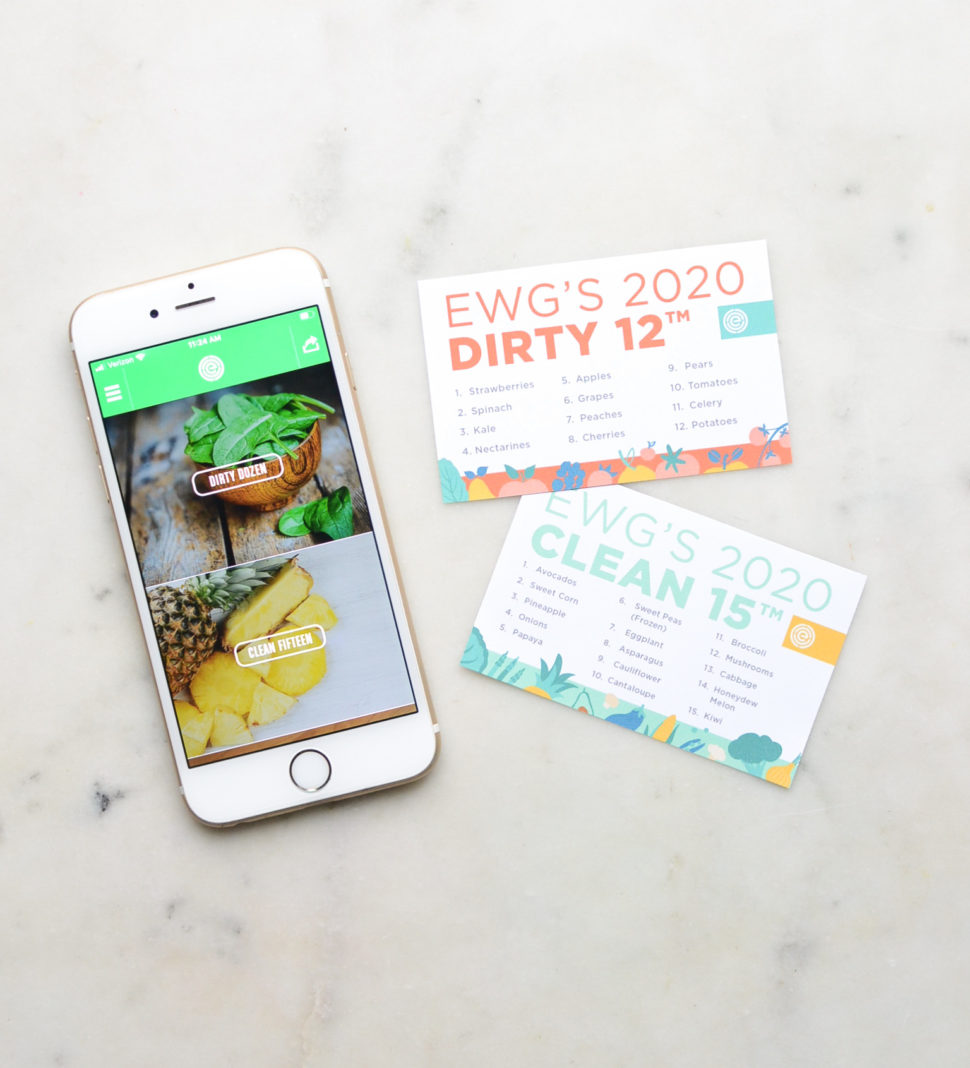
dirty dozen / clean fifteen 2020
Read moreEvery year, the Environmental Working Group comes out with a guide based on studies done by the USDA that indicates which produce contains the most and the least pesticide residue. I find this list to be very helpful especially if buying 100% organic is not an option due to monetary restrictions. The full list includes 47 popular produce items and is also broken down into the “dirty dozen” and “clean fifteen”. We know from scientific studies that many of the pesticides and herbicides sprayed on conventional crops disrupt nervous and endocrine (hormone) systems, increase risk of cancer, contribute to infertility in both males and females and are especially dangerous for children (including the unborn) who’s immune systems are not fully developed and are therefore the most vulnerable to damage.
- joyfalzone
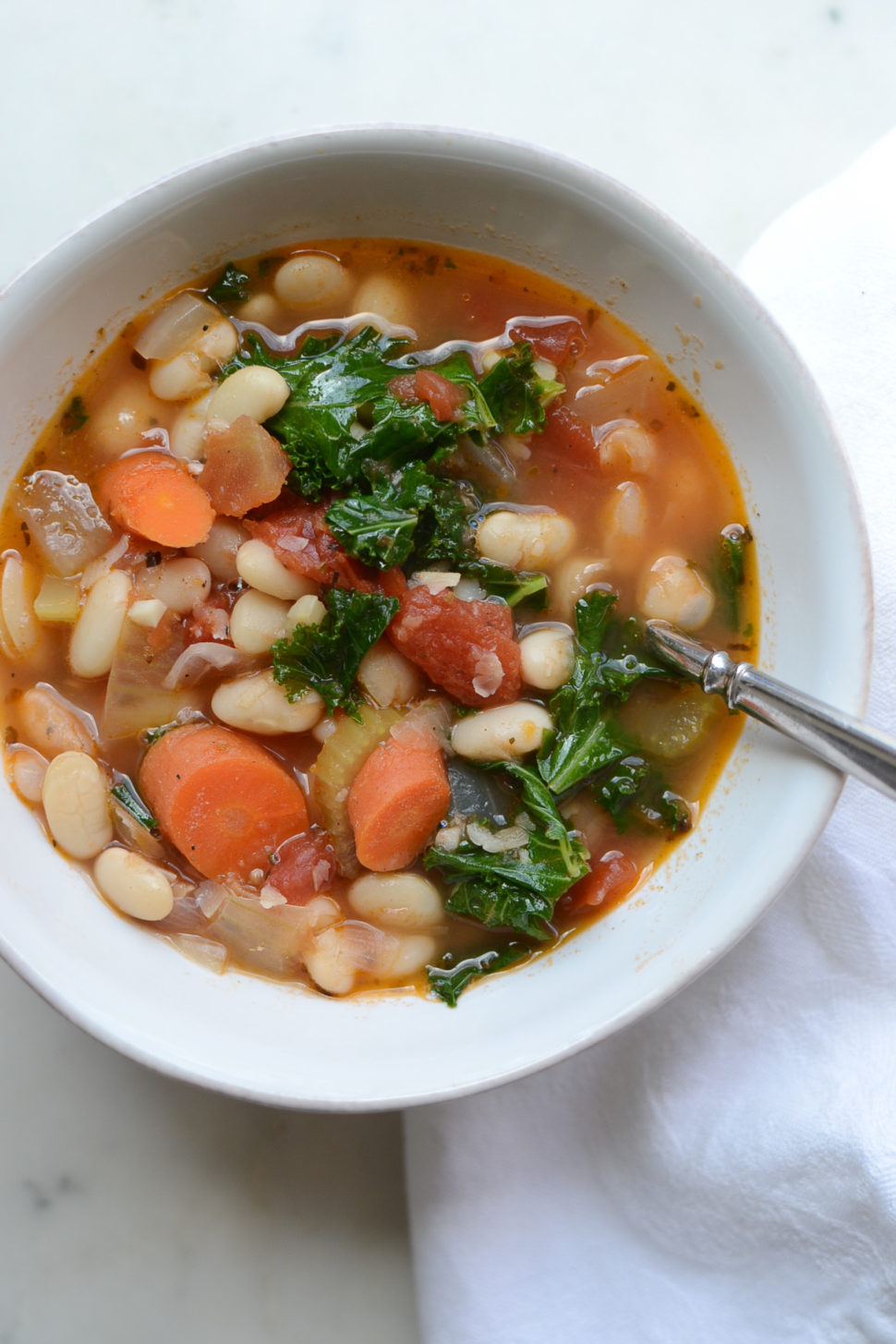
my favorite kale & white bean soup
Read moreWay over due, my favorite kale and white bean soup recipe is finally up! This recipe is a labor of love but always worth it. Since becoming a momma I’ve relied way more on canned beans but with this particular recipe, using dried beans makes a noticeable difference. First, you’ll soak the beans overnight, drain them and cook the beans with onion and herbs. Then you’ll make the soup and add the bean mixture in. This process may seem unnecessary but it adds to the depth of flavors. I hope you enjoy this as much as my family and definitely make a double batch if you have a big enough pot!
- joyfalzone
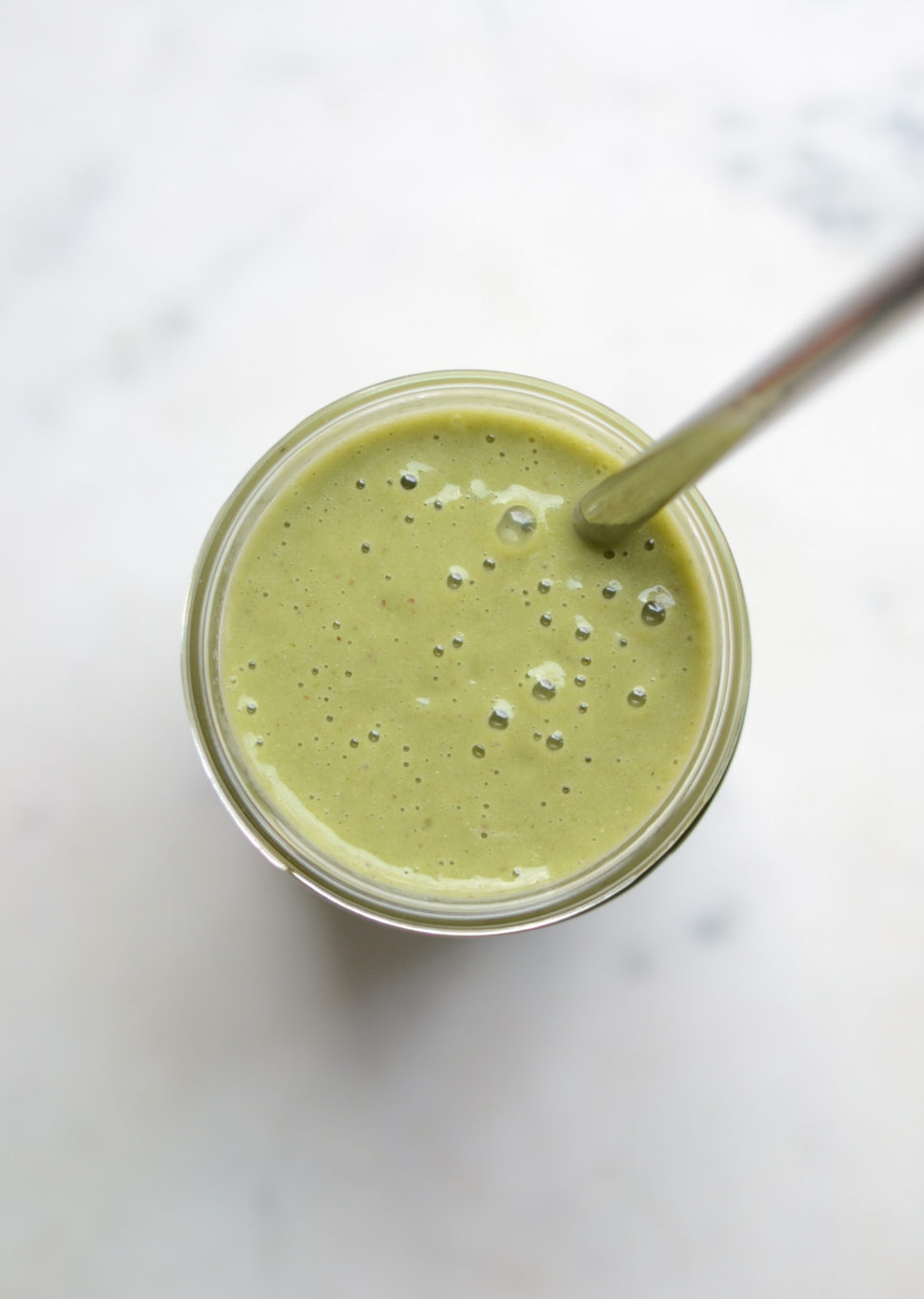
micronutrients smoothie
Read moreI am a firm believer we should try our best to get as many essential nutrients as possible from whole foods and only supplement as a safety net. I’ve been hooked on this smoothie for months now. It’s got all 3 macronutrients but more importantly micronutrients! Micronutrients are a category that includes vitamins, minerals and phytonutrients (plant nutrients) like antioxidants. There are many different types of plant nutrients and still more being discovered! These microscopic nutrients fight disease, reduce inflammation, and fuel our bodies. This smoothie packs some of the best disease fighting micronutrients all together! I’ll highlight a few!
- joyfalzone
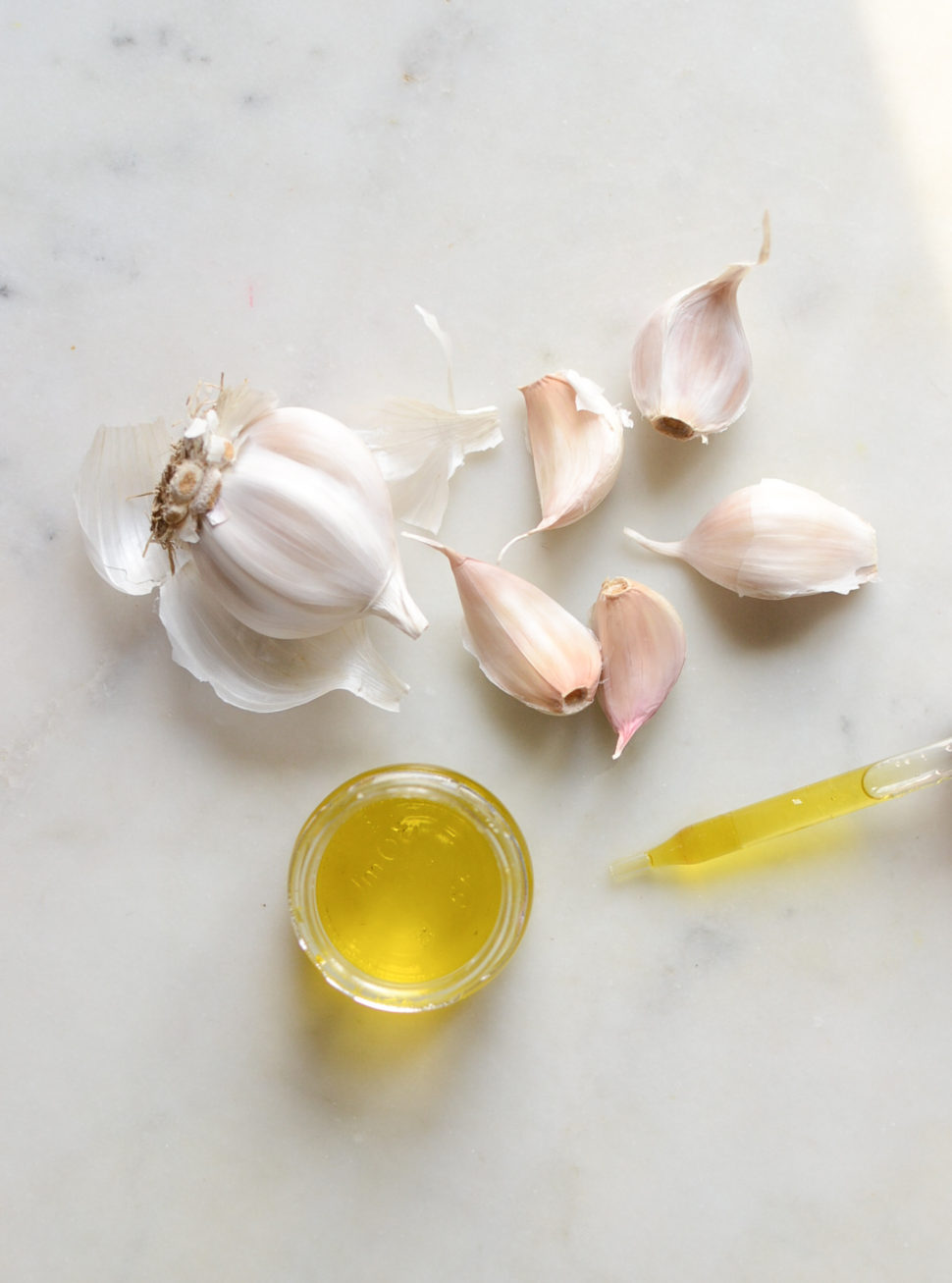
DIY garlic oil for ear infections
Read moreWhile ear infections can be caused by a bacterial infection, did you know the majority of them are viral (meaning antibiotics cannot treat them)? Ear infections are the most common reason for doctor’s office visits and are often prescribed antibiotics without testing to see if the infection is even bacterial or monitoring the fever for a few days first.
- joyfalzone
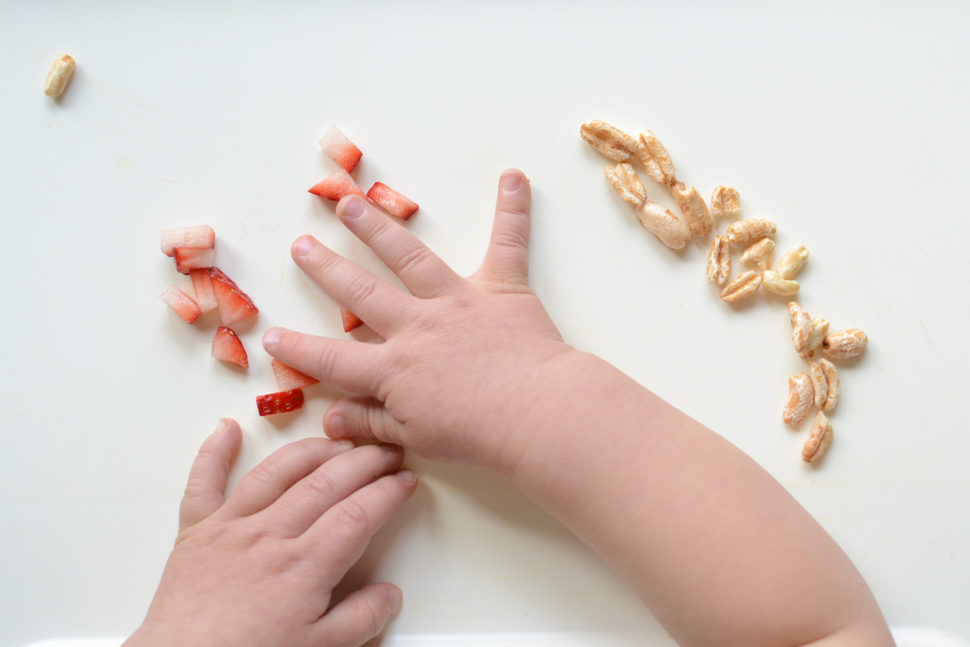
iron for baby
Read moreDid you know babies run out of the iron stores they accumulated during pregnancy right around 4-6 months, which lines up perfectly with the time they begin to eat some solid food! Some of you may know, that heme iron, the type predominantly from blood and muscle tissue, is more absorbable than plant non-heme iron. Naturally we think that’s a good thing, but that’s not actually the case. I learned from cardiologist Dr. Kim Williams of Rush University that heme iron actually plays a big role in the formation of arterial plaque and causes inflammation. We also know from autopsies of children who have died from accidents that atherosclerosis (arterial plaque) begins by the age of TEN and has even been found in THREE year olds!
- joyfalzone
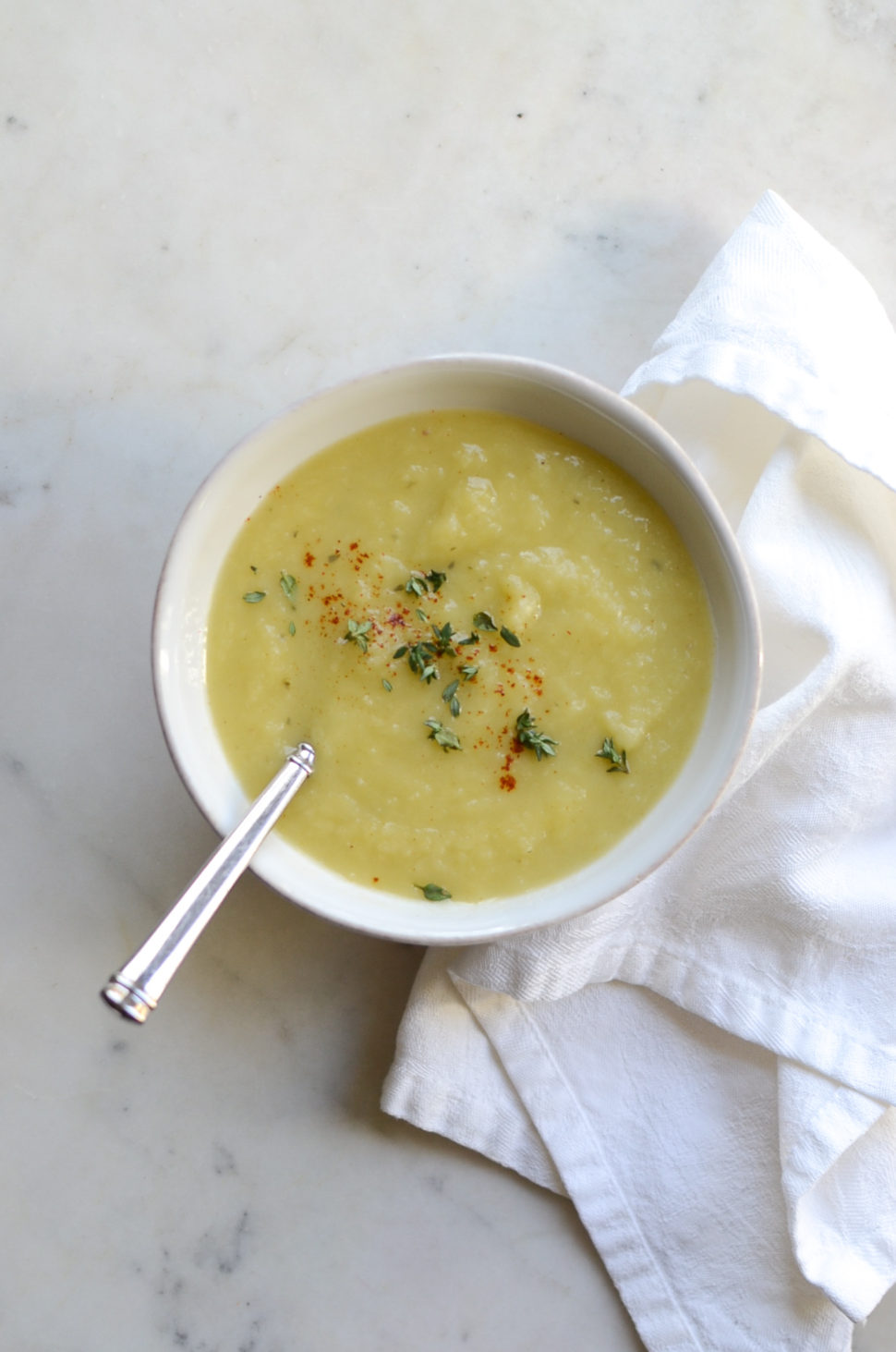
simple potato leek soup
Read moreIt’s been awhile since I’ve posted any recipes but I made this the other day and figured I should post it! It is super easy and will nourish your microbiome (gut bacteria). Leeks, which are in the onion family, contain lots of fiber, which is what your microbiome “eats” and are an all star cancer fighter! They are angiogenesis inhibitors which means they prevent abnormal cells from obtaining blood so they can’t grow into cancer!
- joyfalzone
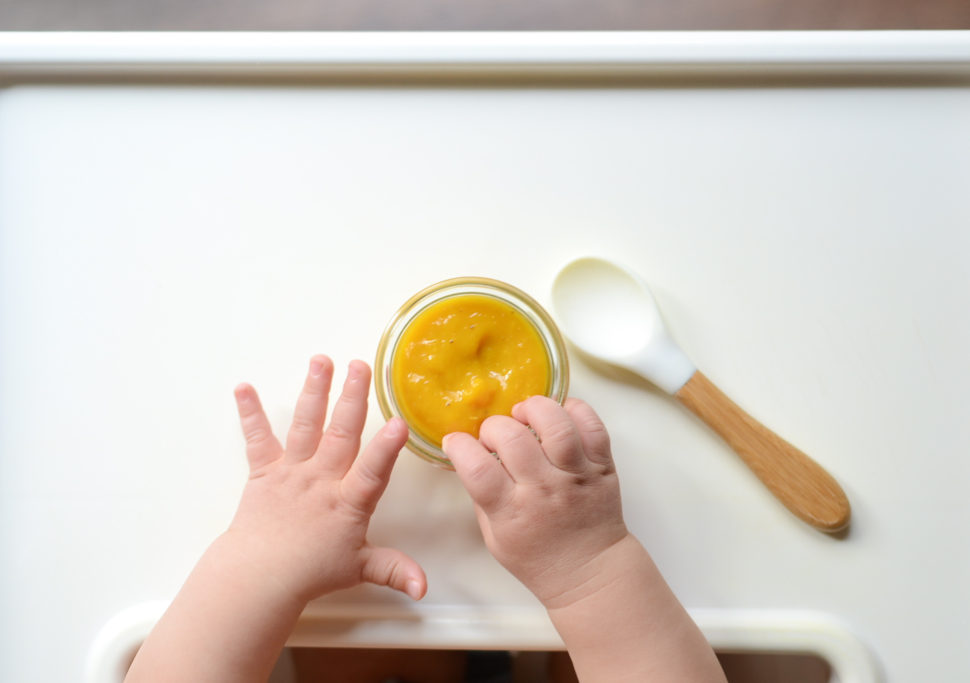
pumpkin flax homemade baby purée
Read moreMy baby started eating food! (Although almost all of his calories are still coming from breastmilk) By baby number three there’s no documenting anymore. I’m not even sure when he started, sometime within the past two months. He’s eight months and has one tiny tooth poking through, but unlike my other two babies, he loves purées! I did BLW (baby led weaning) with my other two babies because they hated purées and figured i would do the same this time around.

